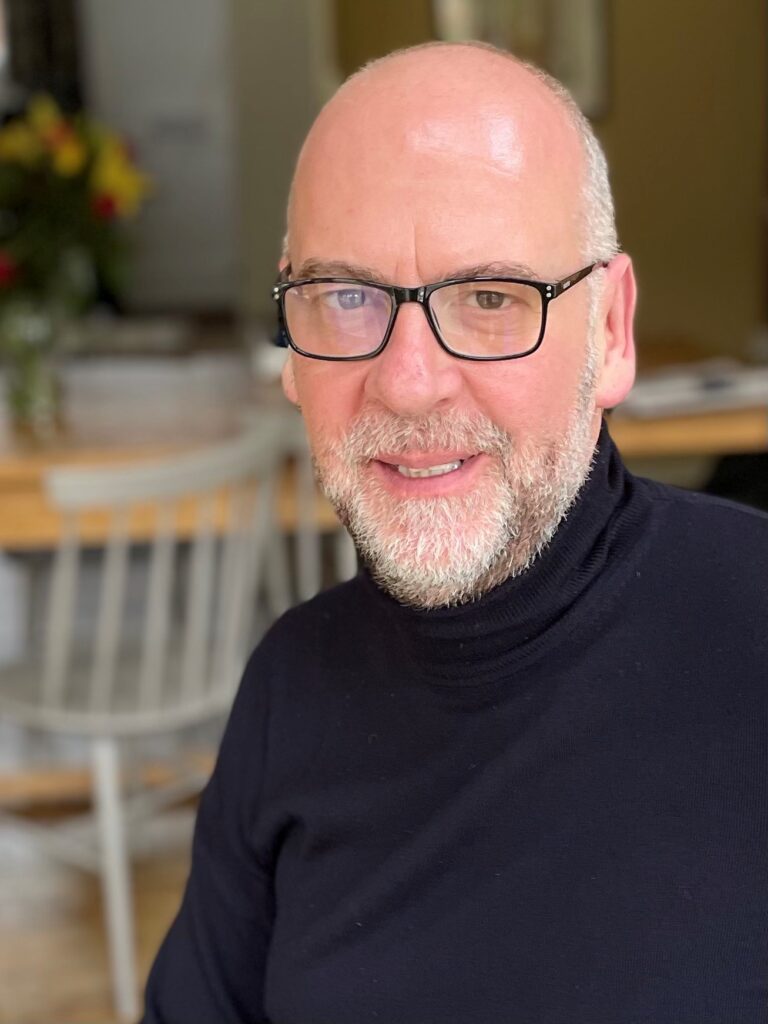Transformational culture: How to turn people and culture strategy into peak organization performance
- 7 Min Read
David Liddle focuses on strategy, the third dimension of his transformation culture model, and three crucial steps to for people and culture to become the most strategically important function of the modern organization
- Author: David Liddle
- Date published: Sep 1, 2023
- Categories


As the shift from HR into an exciting and progressive people and culture (P&C) function picks up pace, it presents the ideal opportunity for people and strategy leaders to create a strategic narrative that underpins a purpose-driven, values-based, and person-centered culture – a transformational culture. A transformational culture is a cultural framework where our people thrive, our teams flourish and our organizations turbocharge to higher performance.
In my previous article for HRD Connect, I highlighted four areas (dimensions) that people and culture leaders should focus on to achieve a transformational culture: People, Culture, Strategy, and Justice.
In this article, I will focus on the third dimension of my People and Culture Model – strategy. The evolution from human resources to people and culture will, I believe, see P&C emerge as one of the most strategically important functions of the modern organization, provided organizations follow three crucial steps:
- Allow culture and strategy to co-exist
- Develop a cross-functional transformational culture hub
- Measure the value of the people and culture strategy
1) Allow culture and strategy to co-exist
Culture does not eat strategy for breakfast. They are two sides of the same coin. The most successful organizations understand that culture and strategy must co-exist. The first step for creating a powerful strategic narrative is to recognize that in today’s volatile working environments, imposing a people strategy from above simply won’t work. Organizations need to stop doing things to people, in favor of doing things with them.
What that means in practice is co-creating and continually testing and evolving the people and culture strategy with a wide range of stakeholders, from senior executives and line managers to union representatives and front-line employees. The terms collaboration, connection, and co-creation are all features of the new people and culture strategy. In practice, this means embracing those we disagree with, giving our people a jolly good listening to, gathering diverse and sometimes divergent views and perspectives, and showing a genuine interest and curiosity in what they have to say. The role of P&C within this strategy synthesis is to engender a safe space for the strategy to be developed, to inject energy, and enthusiasm into the design process, to foster a sense of common purpose, and to ‘mediate’ areas of divergence and conflict between competing interests with the organization.
Case study: The Welsh Ambulance Services NHS Trust
This is an approach that the Welsh Ambulance Services NHS Trust has used successfully, where a big conversation, designed to inform the development of a people and culture strategy, has been taking place over the last nine months.
Discussions with a wide range of stakeholders have helped to unearth some big-picture operational concerns, such as technology that need updating, and a lack of work-life balance. Conversations (some of which took place on the picket line during an industrial dispute with the government over pay) also highlighted day-to-day practical concerns, such as issues with uniforms and the tools and resources staff needed to do their best possible job.
Based on the insights from the ongoing dialogue, the trust has put together a ‘Rich Picture’, a graphic illustration to help it communicate its vision for what the future might look like, and the road the organization will need to travel to get there.
Angela O’Driscoll, Director of People and Culture, believes that because so many people were involved in the co-creation of the plan, staff are “genuinely invested” in making it happen. “It’s really powerful to make sure that every voice counts, and everybody can see how they play a part in the jigsaw of this organization,” she says.
2) Develop a cross-functional transformational culture hub
To assist with this process of co-creation and collaboration, in my recent book, ‘Transformational Culture: develop a people-centered organization for improved performance’, I propose that P&C leaders create and chair a transformation culture hub, which serves to bring key stakeholders together in ongoing dialogue, shaping and adjusting the people and culture plan in response to feedback and changing situations.
This agile and inclusive approach cements P&C as an agile, proactive, and predictive enabler of culture rather than a rigid, transactional, and reactive observer of culture. In so doing, this new strategic narrative helps to build trust, respect, and confidence in the HR function. Three attributes which are in short supply in today’s world of work.
3) Measure the value of the people and culture strategy
The measure of value the people and culture function creates is evolving too. No longer do we see business partners aligning with management with a primary driver of delivering shareholder value and protecting the organization from threats to this core objective. We now see people partners whose role extends far wider than that. The new measures of value the modern P&C function generates include social value, stakeholder value, and shareholder value.
The P&C strategy, as Angela from WAST highlights, is creating an employee value proposition that maximizes the potential of everyone in the workplace. I call this a ‘have your cake and eat it’ strategy.
“For me, the biggest essence of this is how do we socialize it, how do we keep socializing it, and how do we keep referring back to show that we are delivering against it,” says Angela O’Driscoll. “One of the biggest challenges about truly delivering a people and culture plan is that you have to keep it relevant, you have to keep it alive, and you’ve got to keep coming back to it.”
The need to redefine HR through people and culture strategy
The problem with many traditional HR strategies is that they are rigid and uninspiring. They are biased toward the needs of management, they operate in a silo, and they solve the problems of yesterday rather than addressing the emerging challenges of tomorrow. I often joke that I have seen better strategies for ordering paper clips than I have seen strategies for optimizing the two most important assets of our organizations – people and culture.
The classic HR strategy perpetuates a transactional and often reactive approach. Whilst the term ‘strategy’ sits on the front cover, it isn’t providing the kind of strategic narrative that so many of our workplaces need to cultivate wellbeing, inclusion, sustainability, belonging, compassion, common purpose, fairness, justice, and psychological safety.
Given that these are the enablers of individual and collective performance, the need for a new style of people and culture strategy is a critical feature of today’s fast-paced and constantly evolving world of work. Three years ago, who would have thought that hybrid working would have become the norm, that strike action of the like not seen since the ‘70s would return, or that AI tools like Chat GPT would be disrupting industries and traditional ways of working?
To succeed in this new world of work, people and culture leaders need to develop and deliver a strategic narrative that reflects the needs and aspirations of the modern workforce and aligns those to the vision, purpose, and values of the organization. So, what are the key actions people and culture leaders need to take to build a strategic people and culture narrative that will create happy, healthy, and harmonious workplaces which will see their organizations attract and retain the top talent, the top customers, and the top investors?
HR stands at an inflection point
As I have said many times before, HR stands at an inflection point. One path leads to obscurity and irrelevance. The other leads to HR becoming one of our organization’s most strategically important functions. To do this, HR must underpin the transition to a new model of people and culture function with a new strategic paradigm that centers around people, purpose, and values. I look forward to exploring the evolution of HR with you in upcoming articles.
_____________
David Liddle is CEO of culture change, transformational leadership, and conflict resolution consultancy The TCM Group. He is president of the people and culture association and founder of www.peopleandculture.com. He has authored two bestselling texts ‘Managing Conflict’ and ‘Transformational Culture’. Both were published by Kogan Page. He is working on his third book for the same publisher, ‘People and Culture’ which is due to be published in early 2025.









